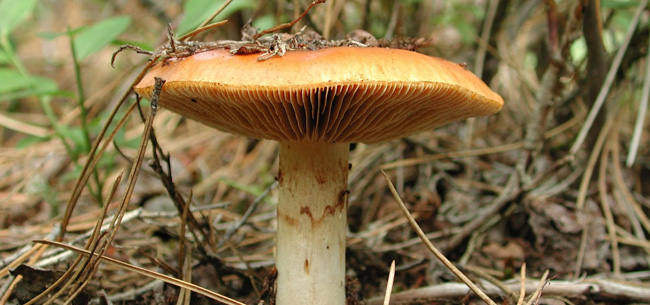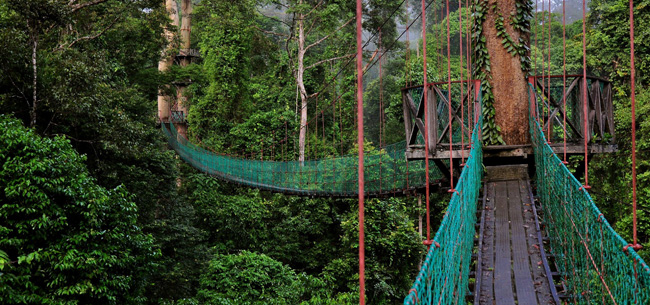KOTA KINABALU: Renewable energy such as biomass, hydro and solar power could solve Sabah's perennial power supply shortfall, said Energy, Green Technology and Water Datuk Seri Dr Maximus Ongkili.
He said this would be among the focus areas of Sustainable Energy Development Authority (SEDA) in Sabah and Sarawak.
"Sabah faces a power supply shortfall and renewable energy could play an important role in addressing the problem,” he added.
He said former Sabah Deputy Chief Minister Datuk Dr Yee Moh Chai has been appointed SEDA chairman replacing Tan Sri Dr Fong Chan Onn.
Dr Yee, a medical and law graduate, would be a great asset to the agency tasked with promoting sustainable energy in the country, Maximus added.
He noted that the feed-in tariff (FiT) mechanism governed by the Renewable Energy Act 2011 operated entirely within a legal framework and Dr Yee’s legal background and vast experience in managing resources and information technology in the state would be useful to SEDA.
Maximus said said Dr Yee’s immediate task was to enable the FiT mechanism and other renewable energy initiatives to be implemented in both east Malaysian states.
Maximus thanked Dr Fong for his invaluable contributions.
The Star
He said this would be among the focus areas of Sustainable Energy Development Authority (SEDA) in Sabah and Sarawak.
"Sabah faces a power supply shortfall and renewable energy could play an important role in addressing the problem,” he added.
He said former Sabah Deputy Chief Minister Datuk Dr Yee Moh Chai has been appointed SEDA chairman replacing Tan Sri Dr Fong Chan Onn.
Dr Yee, a medical and law graduate, would be a great asset to the agency tasked with promoting sustainable energy in the country, Maximus added.
He noted that the feed-in tariff (FiT) mechanism governed by the Renewable Energy Act 2011 operated entirely within a legal framework and Dr Yee’s legal background and vast experience in managing resources and information technology in the state would be useful to SEDA.
Maximus said said Dr Yee’s immediate task was to enable the FiT mechanism and other renewable energy initiatives to be implemented in both east Malaysian states.
Maximus thanked Dr Fong for his invaluable contributions.
The Star














